
If you’re a plant lover that also owns dogs, it’s important to be aware of which plants are toxic to them. Lots of indoor and outdoor plants contain toxins that can make your pup seriously ill or even cause death in some cases. In this article, we’ll look at some common plants that are toxic to dogs, according to the ASPCA toxic plants list 1, including what makes them toxic. Note that these are not all of the plants that are toxic to dogs, but some of the most common you might find in homes and gardens. If you suspect your dog has ingested a toxic plant, contact the ASPCA Animal Poison Control Center 2 or your vet immediately.
The 22 Plants That Are Toxic to Dogs
1. Poinsettia

This popular holiday plant contains a sap that can cause vomiting, drooling, and skin irritation. However, the ASPCA lists it as generally overrated in toxicity, which means that it isn’t quite as toxic as people are led to believe and it isn’t as toxic as many of the other plants on this list.
2. Lilies

Lilies are a popular outdoor and indoor plant that typically blooms during the summer. All types of lilies are toxic to dogs, as they contain oxalate crystals that can cause kidney failure if ingested in large quantities. This includes Asiatic lilies, daylilies, tiger lilies, etc. Any plant that is in the lily family that isn’t considered a truly lily is also toxic to dogs.
3. English Ivy
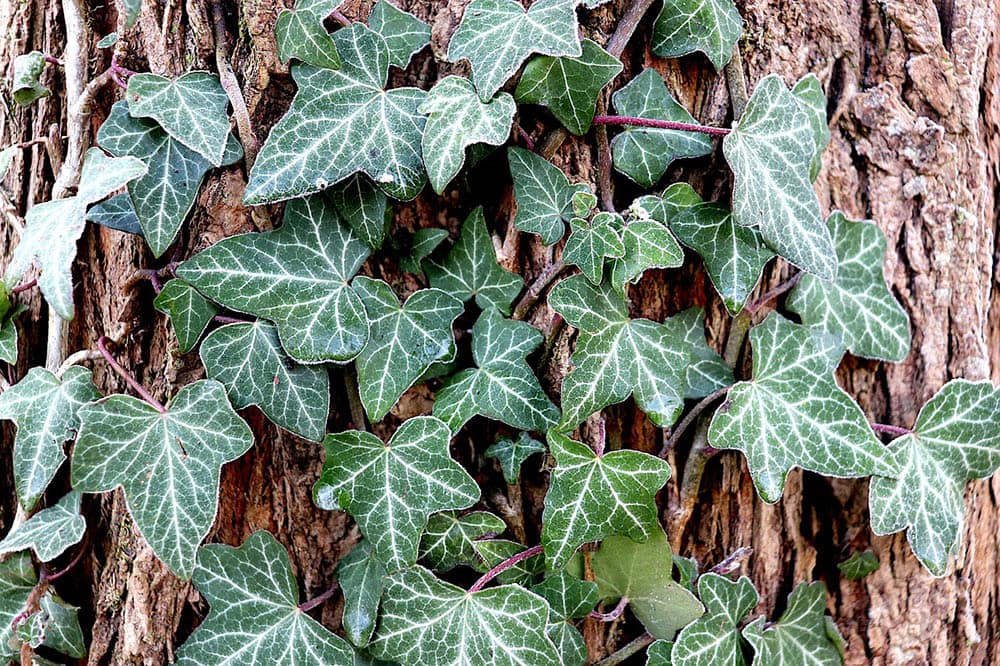
English ivy is a common houseplant, but it contains toxins known as triterpenoid saponins that can cause vomiting, diarrhea, and hypersalivation. The leaves of English ivy are more toxic than the berries it produces.
4. Sago Palm
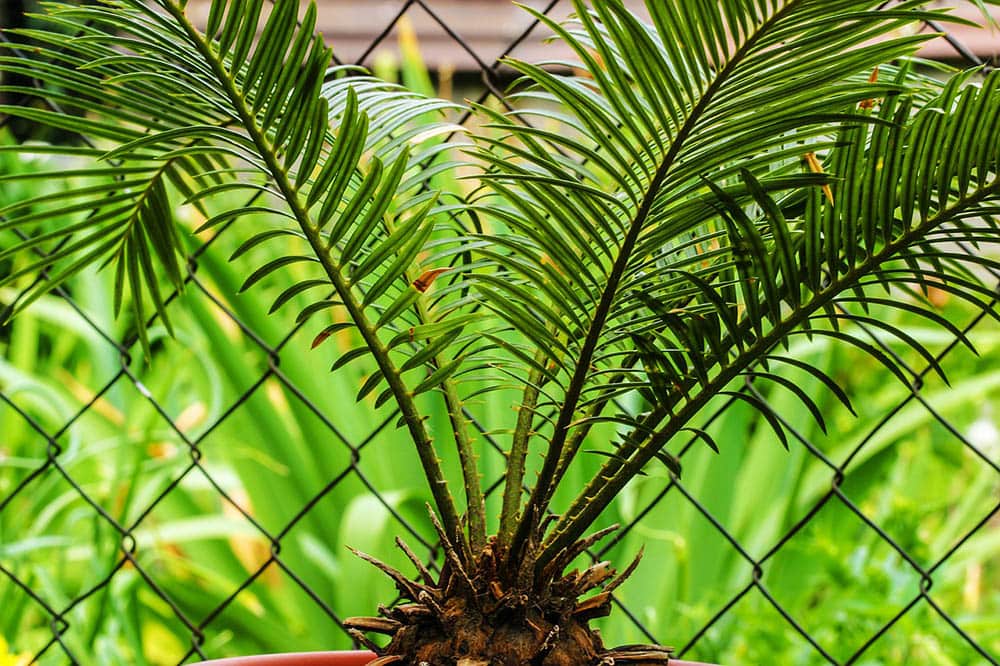
All parts of the sago palm are toxic to dogs. They contain a compound known as cycasin. Ingestion can lead to vomiting, increased thirst, liver damage, liver failure, and even death.
5. Aloe Vera
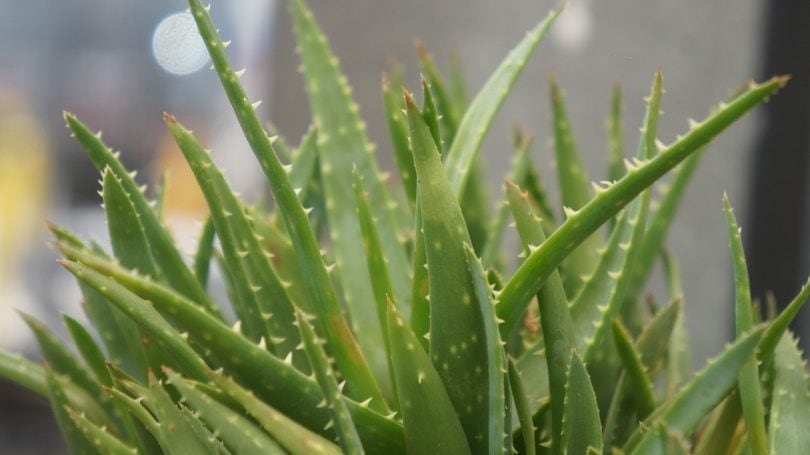
This popular succulent is in the lily family and contains elements that can lead to vomiting, lethargy, and diarrhea if ingested in large quantities by dogs. The toxic substances are saponins and anthraquinones. Note that the gel is generally safe for dogs, but it’s the leaves themselves that are toxic.
6. Tulip

The tulip is another plant in the lily family that is toxic to dogs. The toxins are called tulipalin A and B. All parts of the tulip plant are toxic, but the bulbs of the tulip plant contain the most toxins. Eating a tulip plant can cause vomiting, diarrhea, depression, and hypersalivation in dogs.
7. Marijuana

Many states have legalized marijuana for medicinal or recreational use, but it’s highly toxic to dogs and can lead to death if ingested in large amounts. The toxic compound is actually the delta-9-THC, which can cause prolonged depression, vomiting, incoordination, sleepiness, hypersalivation, low blood pressure, seizures, and even a coma. Death is rare but possible.
8. Azalea

This popular flowering shrub contains a toxin called grayanotoxin. Ingesting it can cause vomiting, diarrhea, weakness, and even cardiac failure in dogs.
9. Oleander

Oleander is poisonous to humans, so it makes sense that it is also toxic to dogs. All parts of this ornamental shrub are toxic and contain cardiac glycosides. Ingestion can cause drooling, abdominal pain, diarrhea, and can even be fatal if not treated immediately.
10. Rhododendron

Rhododendrons and azaleas are part of the same plant family. This common garden plant also contains grayanotoxins that can cause vomiting, difficulty breathing, and even heart failure if ingested. Even eating a few leaves can cause serious problems, which can appear a couple of hours after ingestion.
11. Castor Bean

Also called the Mole Bean Plant, this common ornamental plant contains ricin, an extremely toxic substance that can cause abdominal pain, vomiting, and even death if ingested by dogs. Even 1 ounce of this plant can cause death. Signs of toxicity may not show up until 12 to 48 hours after ingestion.
12. Daffodil

The daffodil, jonquils, and narcissus are all in the amaryllis family, another plant group in which all plants are toxic to dogs. The bulbs of daffodils contain lycorine and alkaloids that can cause vomiting, diarrhea, and other digestive issues if ingested. Large amounts can cause convulsions and cardiac arrhythmias.
13. Yellow Jessamine

This flowering vine common to the Southeastern United States contains neurotoxins that can cause vomiting, loss of appetite, and neurological symptoms such as weakness or tremors in dogs. It can even cause paralysis, seizures, and death.
14. Kalanchoe
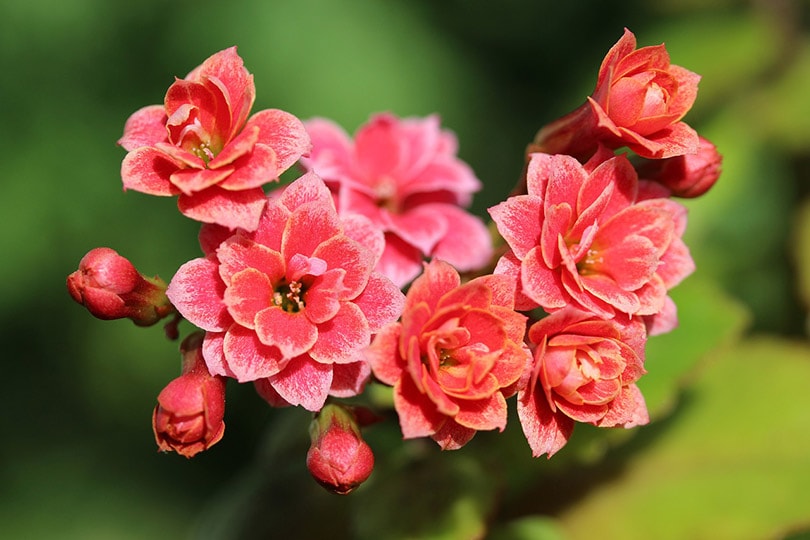
Also called the mother-in-law plant, this popular house plant contains toxins called bufadienolides that can cause irritation to the mouth, vomiting, and diarrhea if ingested by your pup. In rare cases, dogs may experience an abnormal heart rhythm after ingesting kalanchoe.
15. Tomato Plant

While ripe tomatoes are generally safe for dogs to eat, the leaves and stems of the tomato plant can be toxic if ingested in large amounts. The plant itself contains solanine, and when ingested can cause hypersalivation, upset stomach, and a slower heart rate.
16. Chrysanthemum

This popular garden flower contains pyrethrins and lactones, which can cause vomiting and diarrhea in dogs if ingested in large quantities. Ingesting this plant can also cause dermatitis.
17. Foxglove
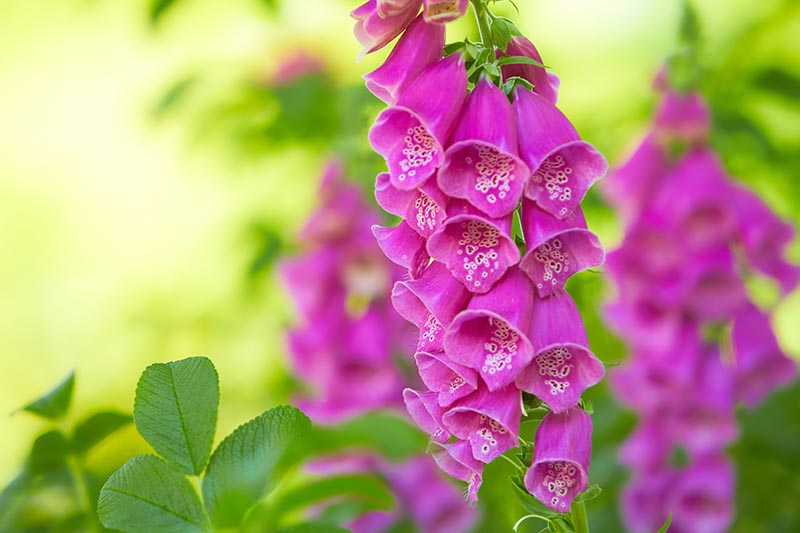
All parts of this ornamental flowering plant contain cardiac glycosides that can cause heart arrhythmias, kidney failure, and even cardiac failure and death if ingested by your pup.
18. Onion & Garlic

Christopher Previte, Shutterstock
Both onion and garlic are part of the allium group in the lily and are toxic to dogs. They contain disulfide, a substance that can lead to vomiting, anemia, panting, and blood in urine if ingested. Leeks, chives, shallots, and related plants in this family are also toxic.
19. Mistletoe

This holiday plant contains toxalbumin that can cause vomiting, diarrhea, difficulty breathing, and a low heart rate in dogs.
20. Yew

This popular shrub contains taxine A and B as well as volatile oil. Ingesting it can cause tremors, vomiting, breathing difficulty, and even sudden death from acute heart failure if ingested by your pup.
21. Tobacco

Nicotine found in tobacco plants is toxic to dogs and ingestion of even small amounts can lead to hyperexcitability, vomiting, paralysis, and can even be fatal. It should go without saying, but keep cigarettes away from dogs as well.
22. Amaryllis

This bulbous flowering plant contains lycorine and other toxins that can cause serious digestive upset, drooling, abdominal pain, and tremors if ingested by your pup.
What to Do If Your Dog Eats a Toxic Plant
If your pup ingests a toxic plant, it’s important to take them to the vet as soon as possible. Your vet will be able to assess their condition and administer treatment if necessary. It’s also important to keep in mind that different plants contain different toxins, and some amounts can be fatal. Try to take note of exactly what your dog ate and how much.
If you think your dog has eaten something potentially dangerous, call your vet immediately for advice on how best to proceed. Common signs include vomiting, diarrhea, drooling, and skin irritation, but they can vary based on the exact plant your dog ate. With proper and prompt treatment, your dog will usually be fine.
Dog-Safe Plants
If you’re wondering what some dog-safe plants are that you can have in your home or garden, give these a try instead.
Frequent Asked Questions
How do I avoid toxic plants?
The best way to prevent your pet from getting sick from toxic plants is to check the labels of any plants you purchase and make sure they’re safe for pets. You can also do research online or consult with an expert in gardening and landscaping to learn more about which plants are safe for pets.
Are all flowers harmful to dogs?
Not all flowers are harmful to dogs; however, some can be toxic if ingested. It’s best to research each flower before bringing it into your home, as some may contain toxins that could lead to adverse reactions in animals.
Can my dog get sick from eating grass?
Generally, it is safe for dogs to eat grass. However, if the grass has been treated with a pesticide or herbicide, it can be harmful and cause nausea, vomiting and/or diarrhea. It’s best to keep your dog away from any chemically treated grasses.
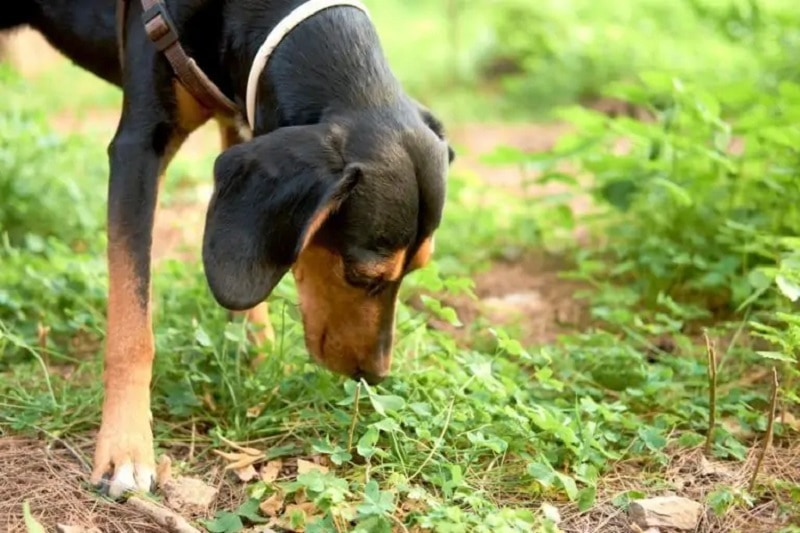
Are all succulents toxic to dogs?
Not all succulents are toxic to dogs, but some contain compounds that can be dangerous. Be sure to research any plants you plan to bring into your home before bringing them in and make sure they’re safe for your pet.
Is cactus safe for my dog?
Not all cacti are safe for pets; some may contain toxins that could lead to adverse reactions if ingested. It’s best to research specific species of cactus and make sure they’re not toxic before bringing them into your home.
Can I grow plants inside my home safely with a pet?
Yes, many houseplants are safe for pets and can help to filter toxins from the air in your home or office. Be sure to research any plants you’re considering before bringing them into your home and make sure they’re not toxic for animals. Additionally, it’s important to keep an eye on your pet to make sure they don’t try to eat the plants!
Conclusion
It’s important to be aware of which plants are toxic to dogs, as even small amounts of the wrong plant can cause serious health issues or death in some cases. If you think your pet has ingested a toxic plant, contact your vet immediately for treatment. While it is essential to keep toxic plants away from pets, it’s also important to remember that there are plenty of safe and non-toxic plants that make great additions to any home. With careful selection and monitoring, you can create a beautiful space for your pup to explore without risking their safety.
Featured Image Credit: Hannamariah, Shutterstock








